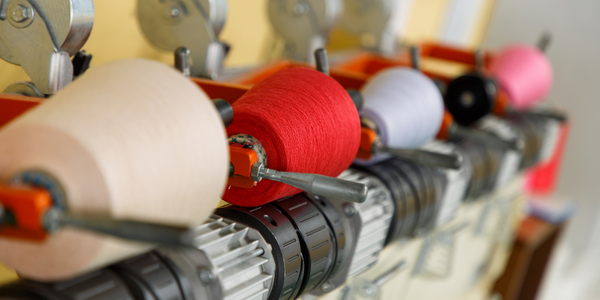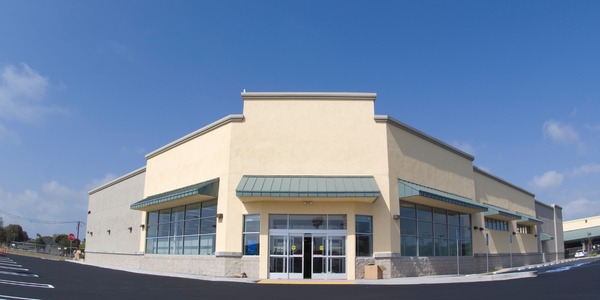Technology Category
- Sensors - Camera / Video Systems
Applicable Industries
- Apparel
Applicable Functions
- Sales & Marketing
About The Customer
The customer in this case is the Adidas Neo fan base, which is primarily composed of young, mobile-first individuals who are active on social media, particularly Snapchat. They are vocal and demand a voice in the brand. They are also creative, as evidenced by the over 3,000 entries received in the #myneolabel campaign. They are engaged with the brand, as shown by the high completion rate and increase in Snapchat community over the campaign.
The Challenge
Adidas Neo, a sub-brand of Adidas, was faced with the challenge of creating a truly innovative global activation that would engage their mobile-first, vocal fan base. The brand wanted to create a unique, participatory experience that would resonate with their young, digitally savvy audience. The challenge was to leverage the power of social media, particularly Snapchat, to create a campaign that would not only engage fans but also give them a voice and a sense of ownership in the brand.
The Solution
Adidas Neo launched #myneolabel on Snapchat, a campaign that invited fans to design their own fashion using Snapchat’s native doodle tool. The campaign started with a mini fashion film featuring four ‘white looks’. Fans were encouraged to take a screenshot of a model wearing a white look and then use the doodle tool to create their own designs. Over 3,000 entries were received, and four winners were chosen. These winners were flown to Adidas HQ in Germany to work with the Adidas Neo designers to turn their doodle designs into finalized outfits. The final designs were then produced in a limited run. To showcase the new outfits, a Lookbook video was posted, and individual images of the items were posted on Snapchat, giving the Adidas Neo community the chance to win part of the collection.
Operational Impact
Quantitative Benefit

Case Study missing?
Start adding your own!
Register with your work email and create a new case study profile for your business.
Related Case Studies.

Case Study
Fire Alarm System and Remote Monitoring Sytem
Fire alarm systems are essential in providing an early warning in the event of fire. They help to save lives and protect property whilst also fulfilling the needs of insurance companies and government departments.Fire alarm systems typically consist of several inter-linked components, such as smoke detectors, heat detector, carbon monoxide, manual call points, sounders, alarm and buzzer. The fire alarm system should give immediate information in order to prevent the fire spread and protect live and property.To get maximum protection a shoe manufacturer in Indonesia opted for a new fire alarm system to monitor 13 production sites spread over 160 hectars. Although the company had an existing fire alarm system, it could not be monitored remotely.It was essential that the new system would be able to be monitored from a central control room. It needed to be able to connect to the existing smoke detector and manual call point. Information should be easily collected and passed on to the Supervisory Control and Data Acquisition (SCADA) system. Furthermore, the system should have several features such as alarm management, auto reporting, being connected to many client computers without additional cost, and run 24/7 without fails. The company also needed a system which could be implemented without changing the architecture of the existing fire alarm system.

Case Study
IoT Applications and Upgrades in Textile Plant
At any given time, the textile company’s manufacturing facility has up to 2,000 textile carts in use. These carts are pushed from room to room, carrying materials or semi-finished products. Previously, a paper with a hand-written description was attached to each cart. This traditional method of processing made product tracking extremely difficult. Additionally, making sure that every cart of materials or semi-finished products went to its correct processing work station was also a problem. Therefore, the company desired an intelligent solution for tracking assets at their factories. They also wanted a solution that would help them collect process data so they could improve their manufacturing efficiency.

Case Study
Retailer Uses RFID Scanner to Improve Efficiency
Patrizia Pepe wished to improve the logistics of their warehouse: accepting incoming goods from their production sites, movement of items throughout
the warehouse, and packaging of goods for distribution to the retail locations. They initially tried to use barcodes for this function. Because barcodes must be individually scanned within a line-of-sight, the acceptance of goods coming into the warehouse was too time consuming. Working with the University of Florence, Patrizia Pepe instituted a five-month pilot project beginning in August of 2009 to test the validity of an RFID solution. The pilot involved tagging of about 60,000 items for the second seasonal collection, and convinced the company to move forward with tagging all items.

Case Study
Monitoring and Controlling Automatic Mixing and Dispensing Machines
As technology advances, textile manufacturing has been transformed from a labor-intensive to a partially or fully automated industry. Automation is significant in all segments of textile production - from spinning to printing, and textile machinery manufacturers are constantly searching for new technologies and automation processes will increase the productivity of their machines. The color paste mixing and dispensing machine is an essential part of the printing and dyeing process. With the advantage of automatically computerized controls and database management, the system can significantly improve its dispensing precision, working efficiency and production quality as well as reducing material consumption.









